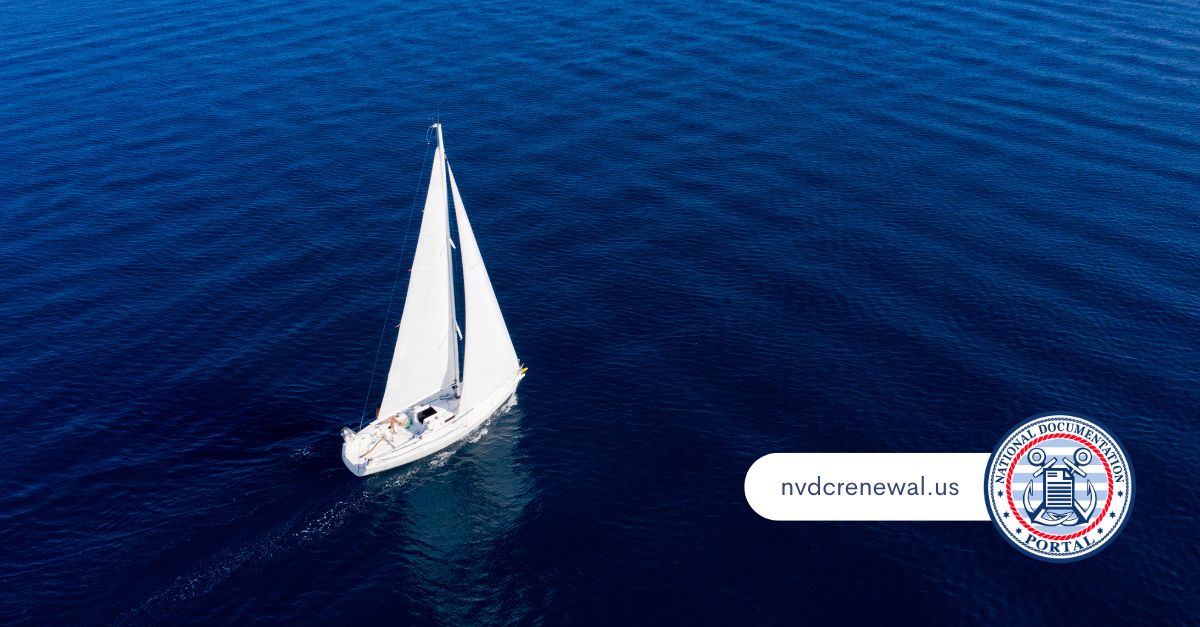As winter draws near, the call of the water may still beckon, inviting you to embark on one last aquatic journey. Or, you may take the opportunity to make memorable autumnal aquatic escapades with loved ones. Yet, whether your vessel’s bow cleaves the waves now or later, one truth remains unwavering: safety is the guiding North Star. Safety is priority one at our vessel documentation online site. Below are some tips to boat safely as the leaves change and the temperatures drop.
Preliminary Precautions
Crafting a meticulous float plan for those onshore is imperative at all times of year, but this is especially important as it gets colder. Similarly, scrutinizing the vessel’s elements – from taut lines to well-functioning fire suppressants and illuminating flares – is second nature. Yet, in the crisp air of autumn and winter, this diligence becomes necessity. As summer’s high temperatures retreat, its radiant grace diminishing, fortifying your communication pathways and visibility tools takes precedence.
Adorning Attire for Nautical Chill
The attire that swathes you during these nautical forays must harmonize warmth with buoyancy. Assemble layers that embrace the cold while accommodating the life jacket’s embrace. Strive for equilibrium, avoiding overly snug fits that might constrict your ability to float in the unlikely event of an unplanned plunge. Don’t just dress for the air, dress for the water. You never know what’s going to happen. That said, dressing in layers is a good idea because you can put them on and take them off as necessary.
Navigating the Plunge
Sometimes, the unforeseen happens, and you fall into the frigid water through no fault of your own. Shocking tumbles into icy depths demand resilience and composure. Battling the instinctual panic, harness the life jacket’s embrace to buoy you. Reclaim dominion over your breath, marred by the involuntary gasp that follows a sudden immersion. Breathe calmly. As your head emerges above the water’s surface, you beckon for rescue’s embrace and companions’ gaze. Clinging to your vessel’s side, or its near vicinity, charts your course to safety.
Have Multiple Ways to Communicate With Land
We all use our phones daily. You very well may be reading this blog on your phone. Having your phone with you on your boat is a good idea but it can’t be your only idea. There are parts of the water where you won’t get phone reception and, in the cold, your phone’s batteries drain that much faster. Have a charger, have flares, and have a radio that lets you communicate with land, too.

Vessel Documentation Online Site: A Compass for Vessel Owners
While tales of cold weather voyages brimming with enchantment and safety abound, many maritime caretakers seize this frost-kissed interlude to attend to their vessel’s administrative legacy. A dormant boat can be an opportunity, a time to endeavor to secure comprehensive documentation. Our digital documentation site stands poised, offering all required documents for your vessel’s journey. Traverse here and claim your maritime documentation’s anchor, somewhere you can trust.
